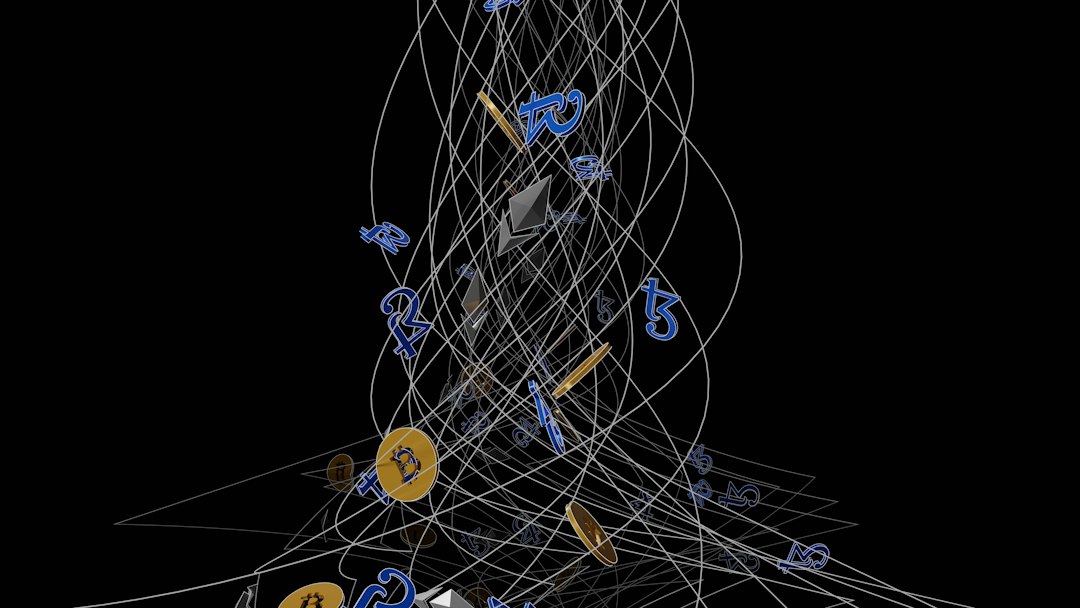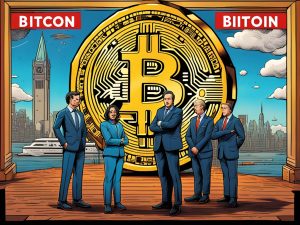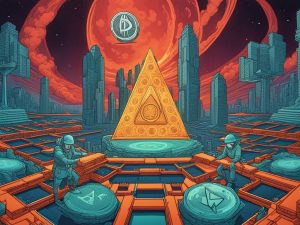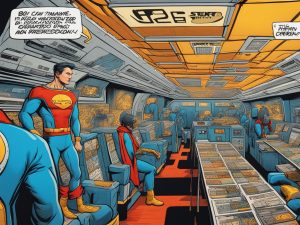The Graph Coin (GRT) and its Role in Democratizing Access to Web3 Data
Greetings, cryptocurrency enthusiasts! Have you ever wondered how the decentralized web, also known as Web3, manages to gather and organize vast amounts of data from different blockchain networks? Well, this is where The Graph Coin (GRT) comes to the rescue. In this article, we will explore the fascinating world of The Graph Coin and its vital role in democratizing access to Web3 data. So, let’s jump right in!
The Graph Coin, commonly referred to as GRT, is a cryptocurrency token that powers The Graph protocol. The Graph protocol acts as an indexing and querying protocol for blockchain data. It is designed to enable developers to efficiently access and organize data from various blockchain networks, including Ethereum, IPFS, and others. But why is efficient data access so important in the Web3 ecosystem? Let’s find out!
Web3 is all about decentralization, transparency, and interoperability. However, with the explosion of blockchain networks and decentralized applications (dApps), it becomes increasingly challenging to access and make sense of the vast amounts of data generated by these networks. This is where The Graph Coin steps in, allowing developers to build and query APIs, called subgraphs, to access specific data subsets from blockchain networks.
By using The Graph Coin and The Graph protocol, developers can quickly retrieve data and build powerful applications on top of various blockchain networks. This democratizes access to Web3 data, as developers no longer need to rely solely on centralized sources for accessing and organizing blockchain data. Instead, they can rely on The Graph Coin and its decentralized indexing and querying capabilities.
But how does The Graph Coin achieve this ambitious goal? The protocol utilizes a decentralized network of nodes, referred to as Indexers, Curators, and Delegators. These actors work together to index data from different blockchain networks and make it easily accessible to developers. By staking and delegating tokens, participants can earn GRT rewards for their valuable contribution to the network.
The Graph Coin also enables developers to create and curate their own subgraphs. A subgraph is a predefined data schema that represents a specific subset of data from a blockchain network. With the help of The Graph Coin, developers can build and maintain subgraphs, which can be hosted and queried by other developers. This fosters collaboration and decentralized knowledge sharing within the Web3 ecosystem.
Now that we understand the significance of The Graph Coin in democratizing access to Web3 data, let’s take a closer look at its potential applications. The Graph Coin can be utilized in a wide range of use cases.
For instance, DeFi applications heavily rely on access to real-time data, such as cryptocurrency prices, liquidity pools, and loan interest rates. Developers can leverage The Graph Coin to quickly obtain this data from blockchain networks and integrate it into their DeFi applications. This ensures the accuracy and reliability of the data, which is crucial for users making financial decisions.
Furthermore, gaming platforms can benefit from The Graph Coin by accessing and organizing blockchain data related to in-game assets, virtual economies, and user interactions. By utilizing The Graph Coin, game developers can create immersive and decentralized gaming experiences, where the ownership and value of in-game assets are transparently stored and verified on the blockchain.
Lastly, content platforms, social media dApps, and marketplaces can also leverage The Graph Coin for efficient data retrieval and organization. Imagine a decentralized social media platform that leverages The Graph Coin to reward content creators based on real-time engagement metrics, while ensuring their data remains secure and private.
All in all, The Graph Coin plays a crucial role in democratizing access to Web3 data. By providing developers with the tools and infrastructure to efficiently retrieve and organize blockchain data, it enables the creation of powerful and decentralized applications across various industries. So, are you ready to dive into the world of Web3 data with The Graph Coin?
Frequently Asked Questions (FAQs)
Q: What is The Graph Coin?
A: The Graph Coin, also known as GRT, is a cryptocurrency token that powers The Graph protocol, which enables efficient indexing and querying of data from various blockchain networks.
Q: How does The Graph Coin democratize access to Web3 data?
A: The Graph Coin allows developers to build and query APIs, called subgraphs, which provide efficient access to specific data subsets from blockchain networks. This eliminates the need for centralized data sources and promotes decentralization and interoperability within the Web3 ecosystem.
Q: What are the potential applications of The Graph Coin?
A: The potential applications of The Graph Coin are vast. It can be utilized in DeFi applications, gaming platforms, content platforms, social media dApps, and marketplaces, among others, to access, organize, and verify blockchain data for various purposes.
Q: How can developers contribute to The Graph protocol?
A: Developers can contribute to The Graph protocol by building and curating their own subgraphs, which represent specific subsets of data from blockchain networks. They can also participate as Indexers, Curators, or Delegators to help index and organize data and earn GRT rewards.
Remember, with The Graph Coin, you can unlock the power of Web3 data and be part of the decentralized revolution. Happy graphing!





 By
By
 By
By

 By
By

 By
By